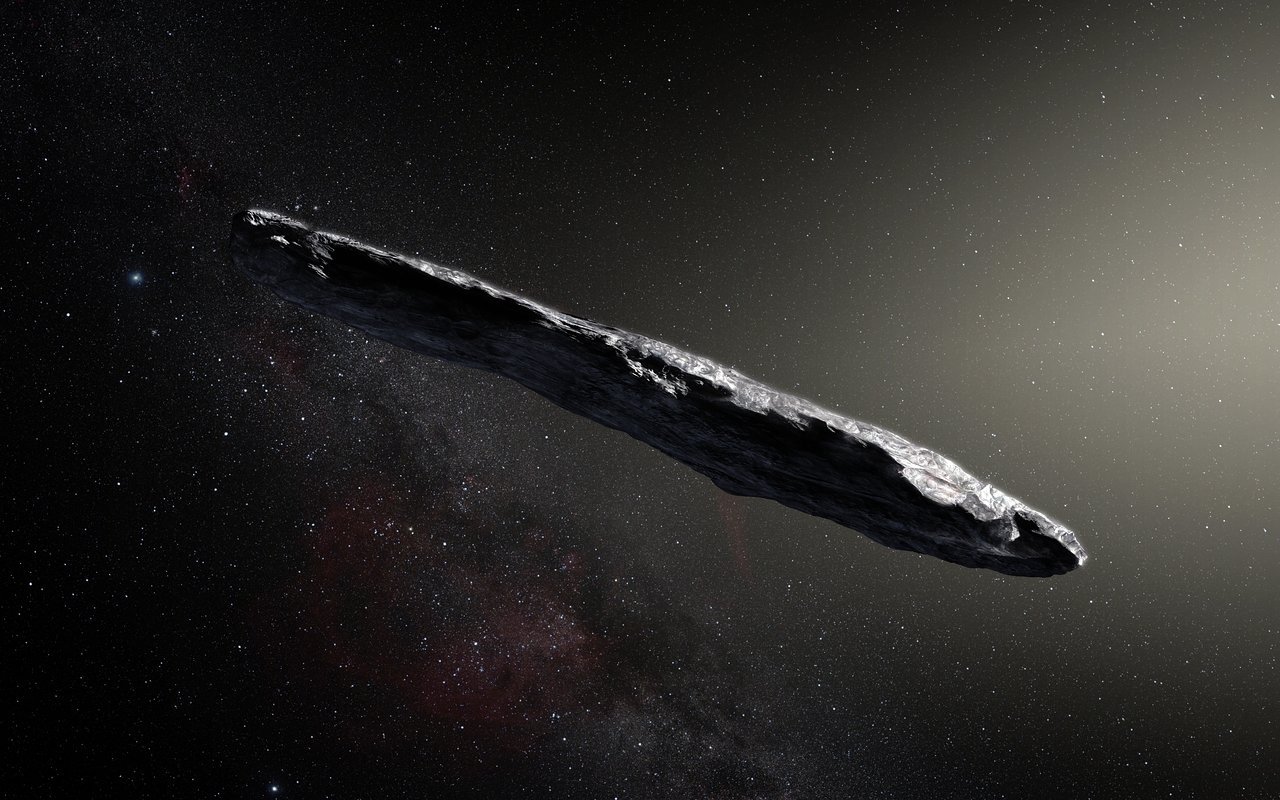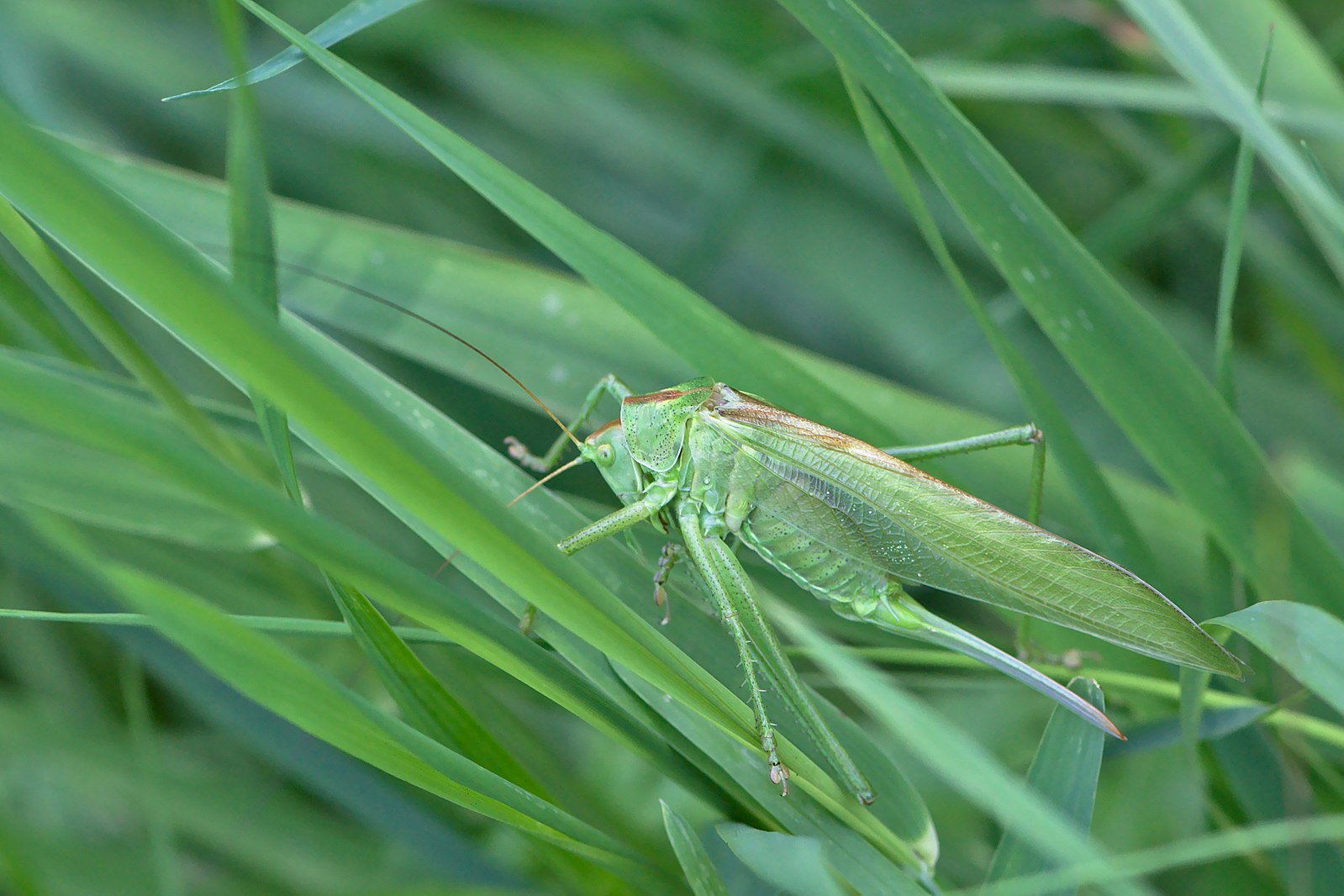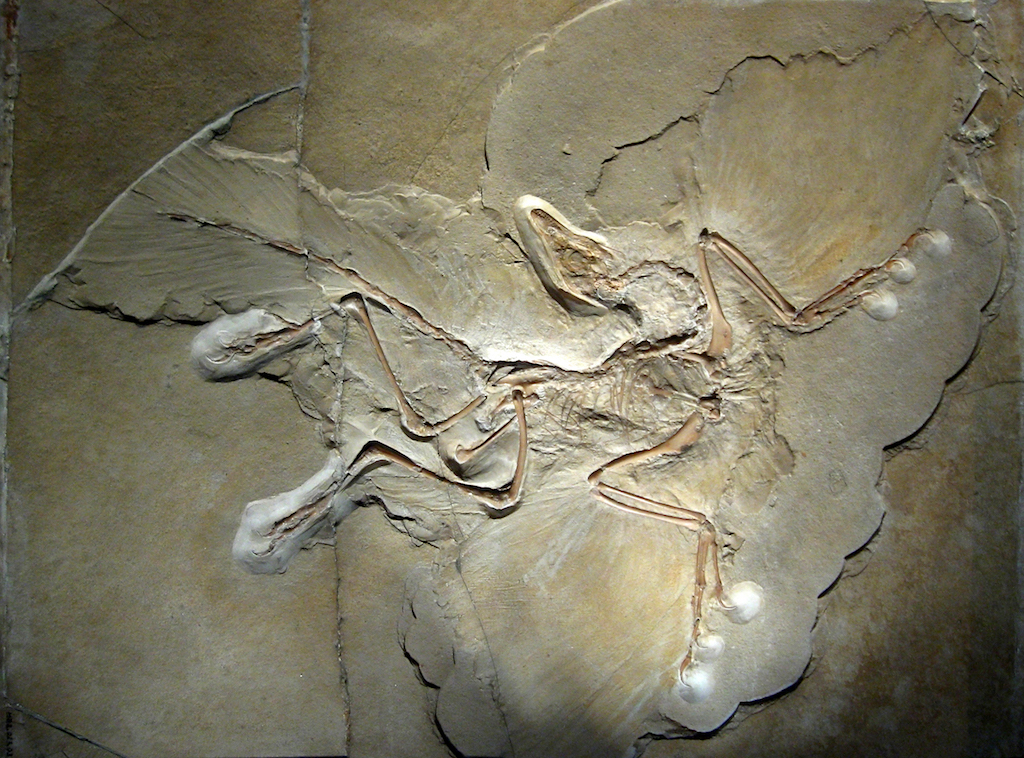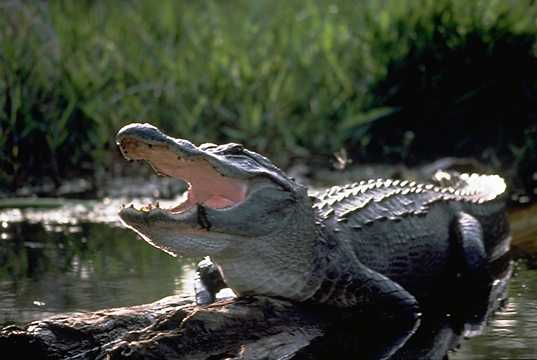

A strange object arrives in the Solar System
For the first time in history, astronomers have seen an object enter our Solar System. Picked up by the Pan-STARRS 1 telescope in Hawaii and nicknamed `Oumuamua, it's unlike anything we've ever encountered.
At first, astronomers thought the object was an asteroid. But, when they tried to calculate its orbit it became clear that it came from somewhere else.
It passed close to the Sun in September, travelling at a speed of 95,000 kilometres an hour. And, after a trip around our star, it isn’t going to stay in the Solar System for long.

The ESA brought in their Very Large Telescope to examine it, but all we can see from here is a dot of light. Working with others from across the world, they've been analysing that light to find out what `Oumuamua is.
Based on what we know about things that leave our own Solar System, scientists expected it to be icy, but it went close to the Sun and nothing evaporated. Instead, it's probably made of metal or rock, reddened by millennia of radiation.
Even stranger is its shape. It’s around 400 metres long and 40 metres wide, and it's spinning like a bullet. It turns over on its axis three times every 24 hours.
Analysis of its trajectory points to an origin somewhere in the direction of the star, Vega. But, scientists don’t know how long it’s been travelling, where it came from or where it's going next.
Sign up to the T3 newsletter for smarter living straight to your inbox
Get all the latest news, reviews, deals and buying guides on gorgeous tech, home and active products from the T3 experts
By mid-December, we won’t be able to see it anymore, so the race is on to grab as much data as possible before it’s gone.
"We are continuing to observe this unique object... and we hope to more accurately pin down where it came from and where it is going next on its tour of the galaxy. And now that we have found the first interstellar rock, we are getting ready for the next ones!"
Olivier Hainaut
Cambridge designs the best garden lawn
Imagine you're a grasshopper. You're on a garden lawn, and you want to be able to jump in any direction and land in the grass. What shape do you want the lawn to be?
Physicists at the University of Cambridge and the University of Massachusetts Amherst think they know. And, according to their calculations, it's not a circle.

To answer this odd question, the team modelled high energy atoms on a grid. They then let the atoms move around until they’d found a low energy state - the lower the energy, the more likely the grasshopper is to stay on the lawn.
They repeated the process over and over again to see which shapes emerged.
If the grasshopper could only make a short hop, a cogwheel-shaped lawn worked best. For a middle-sized jump, it was a fan-shape. And for a long jump, the lawn looked stripy.
But what's the point?
“The grasshopper problem is a rather nice one, as it helps us try out techniques for the physics problems we really want to get to,”
Professor Adrian Kent
They’re actually going after a problem called the Bell inequalities. The grasshopper problem is a stepping stone to set up the system they need.
The ultimate aim is to understand the gap between quantum theory and classical physics together. To do this, they need to make a spherical lawn.
In the meantime, their 2D lawns could help us to understand how nature makes complicated shapes like spots and stripes.
Scientists try to make feathered alligators
Inspired by myths of flying dragons, researchers at the Keck School of Medicine have been trying to give modern reptiles wings. Well, sort of.
The scientists are attempting to give alligators feathers by putting chicken genes into their eggs. The aim is to find the missing links in the evolution of flight.

Alligators belong to the same group of animals as birds - the archosaurs. Their ancient ancestors all had scales, but then dinosaurs started to evolve feathers.
No-one is quite sure how this happened, so finding the molecular switches for feather production could help to fill in the gaps.
The team looked at the DNA of chickens and alligators, and then at the genes switched on and off during development. Then, they played spot the difference to find find the genes for feathers versus scales.

Using this information, the team put chicken feather genes into alligator eggs. And, by switching different genes on and off under the skin, they started to transform alligator scales into feathers.
There's still a lot of work to do to make flying dragons a reality, but they've found five of the circuits responsible for feather production. Some of the feather-like scales even resembled the proto-feathers seen in dinosaur fossils.

